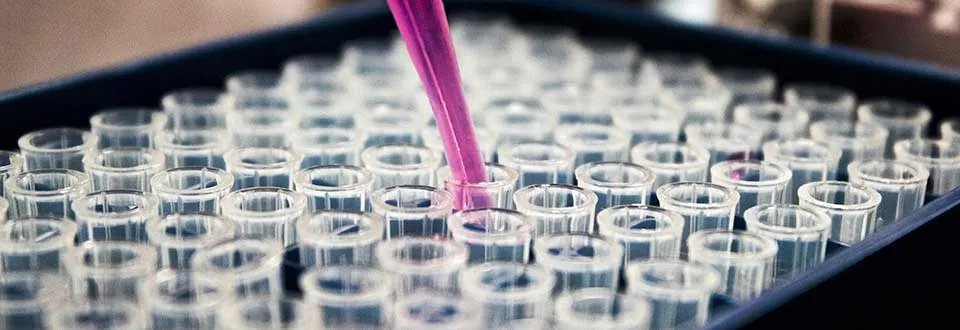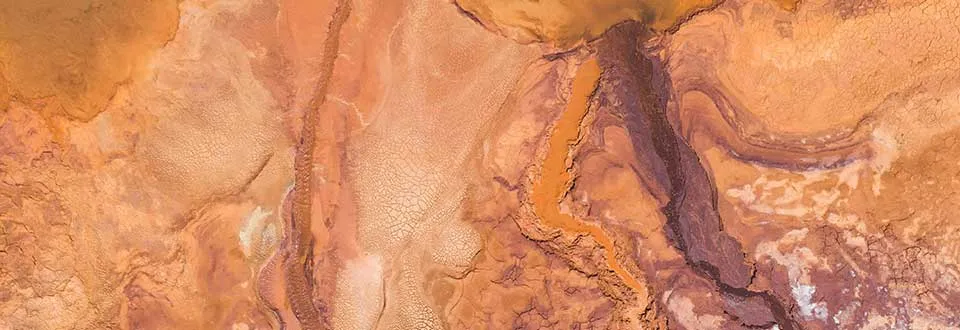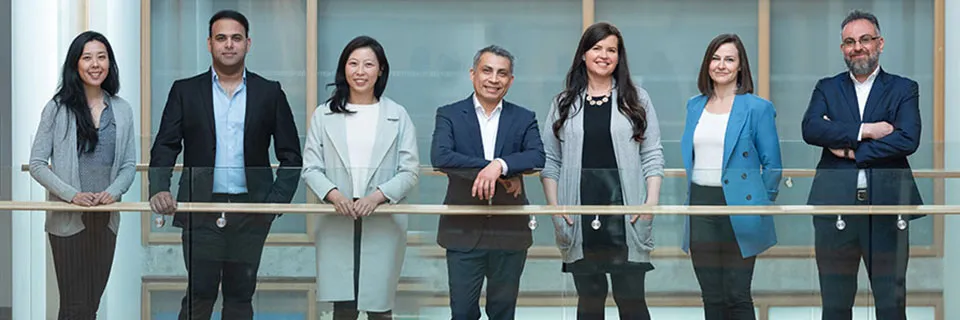With the rising demand for metals to power a decarbonized economy comes the need for new extraction and remediation strategies with a lower environmental footprint.

UBC’s Bradshaw Research Initiative for Minerals and Mining (BRIMM) is a founding member of a consortium that is developing a deep tech solution to advance sustainable mining.
The Mining Microbiome Analytics Platform (M-MAP) is the first bioinformatics platform to collect, store and analyze the genomic data of water, soil and rocks collected at mine sites from around the world. Mining companies can use this data to identify microbes that could replace chemically intensive conventional methods for extracting minerals and remediating mine sites.
M-MAP exemplifies the value of bringing together experts from UBC and industry.
It’s this synergy that has propelled the development of a revolutionary bioinformatics platform that can advance truly sustainable mining – something that would be near impossible for a single player to develop on their own.
Working with industry to generate solutions

“The mining industry is always trying to do better when it comes to improving efficiencies, reducing water use and minimizing environmental harm,” says Dr. John Steen, the Director of BRIMM and the EY Distinguished Scholar in Global Mining Futures at the Norman B. Keevil School of Mining Engineering.
“We help address these big challenges by partnering with industry using a co-creation model where we bring in top experts from across UBC to collaborate with industry counterparts very early on in the process.”
A bioinformatics platform identifies small solutions to big problems
While BRIMM is involved in many industry partnerships, one that could completely transform the mining industry is M-MAP, a bioinformatics platform for identifying microbial solutions to some of the sector’s most complex challenges.
Initially funded in 2022 by Canada’s Digital Technology Supercluster, M-MAP is a joint venture led by Teck Resources and includes BGC Engineering, Rio Tinto, Allonnia, the Centre for Excellence in Mining Innovation, Koonkie Canada, Genome BC and UBC.
Mining companies can send in samples from their sites, which are then prepared and sequenced, and matched with additional environmental data to generate bioinformatic insights. M-MAP currently includes thousands of analyzed samples from mine sites around the world. Organizations can use this information to explore microbial functions in specific environments.
“MMAP is a completely new and disruptive technology,” says Dr. Steen. “Now that we’ve developed the platform, new partners can come to us with problems that can be addressed with microbes, like cleaning up mine waste or recovering metals from mine waste.”
The power of deep tech
Dr. Steen says M-MAP is a strong example of the power of deep tech – of a groundbreaking, disruptive technology that can transform not just the mining sector, but others as well. “We’re at the dawn of the development of different deep tech ecosystems,” he says. “This kind of technology lends itself very well to a collaboration model of industry and academia.”
His statement is backed up by studies conducted by McKinsey & Company on the winning formula adopted by successful tech start-ups in Europe. The report writers explain that a deep tech strategic play focuses on “research and development early on to commercialize scientific breakthrough” and that compared to other strategies for startups, “attracting the best research and development talent is most important.”
Just as the Human Genome Project has had wide-ranging impact, so too might M-MAP have impact well beyond mining.
As Dr. Steen notes, “It was developed for mining, but the platform can be used to tackle a whole range of different challenges in industries such as clean tech, agriculture and medicine.”






